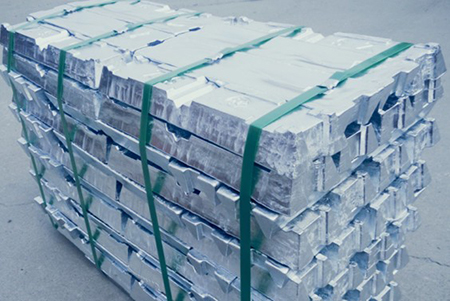What are the manufacturing techniques for sheet metal?
Views: 715 Update date: Jan 02,2024
There are several manufacturing techniques for sheet metal, each with its own advantages and applications. Here are some common sheet metal manufacturing techniques:Cutting:
Shearing: This process involves cutting straight lines on sheet metal using shearing machines. It's a cost-effective method for simple shapes.
Punching: Punching creates holes or other shapes in sheet metal using a punch and die. CNC punch presses are commonly used for precision punching.
Forming:
Bending: Sheet metal can be bent into various shapes using press brakes or other bending machines. This is often used to create angles, channels, or complex shapes.
Rolling: Rolling involves passing sheet metal through rollers to curve or form cylindrical shapes.
Joining:
Welding: Welding is a common method for joining sheet metal parts. Various welding techniques such as MIG, TIG, and spot welding are used depending on the application.
Riveting: Rivets can be used to join sheet metal components together securely.
Machining:
CNC Machining: Computer Numerical Control (CNC) machining can be employed to cut, drill, or machine intricate shapes from sheet metal.
Stamping:
Metal Stamping: This process involves forming sheet metal into desired shapes using dies and punches. It is suitable for high-volume production.
Laser cutting: A laser beam is used to cut through sheet metal with high precision. It is suitable for intricate designs and provides a clean finish.
Powder Coating and Painting:
Powder coating: This process involves applying a dry powder to the sheet metal surface, which is then heated to create a durable and corrosion-resistant finish.
Painting: Sheet metal can be painted for aesthetic purposes or to provide additional protection against corrosion.
Hydroforming:
Hydroforming: Involves shaping sheet metal using high-pressure fluid. This method is particularly useful for forming complex shapes.
Spinning:
Metal Spinning: This technique is used to form cylindrical or conical shapes by rotating a metal disc against a mold.
Embossing and Engraving:
Embossing: Raises the surface of the sheet metal to create a relief pattern.
Engraving: Removes material from the surface to create a design or text.
The choice of manufacturing technique depends on factors such as the complexity of the part, required tolerances, production volume, and material type. Manufacturers often use a combination of these techniques to achieve the desired results.




